Knowledge Graphs
What is a Knowledge Graph? A knowledge graph is a structured representation of relationships between entities, helping systems understand and organize information to reflect real-world connections. Unlike traditional databases that
What is a Knowledge Graph? A knowledge graph is a structured representation of relationships between entities, helping systems understand and organize information to reflect real-world connections. Unlike traditional databases that
Kubernetes cost management refers to monitoring, optimizing, and controlling costs associated with running Kubernetes clusters in cloud or hybrid environments. It involves analyzing resource usage, identifying inefficiencies, and implementing strategies
Definition A Kubernetes DaemonSet is a workload controller that ensures a specific pod runs on every node (or a subset of nodes) in a Kubernetes cluster. Unlike Deployments or StatefulSets,
Definition Kubernetes StatefulSets are a type of workload controller designed to manage stateful applications. Unlike Deployments or ReplicaSets, which treat all pods as interchangeable, StatefulSets provide each pod with a
Language Modeling Objective is the central training goal in natural language processing (NLP), wherein models are trained to predict or generate text sequences. This learning process enables the models to
Large language models (LLMs) are artificial intelligence (AI) models that process and generate human language. They are built using deep learning techniques and are trained on vast amounts of textual
A Latent Diffusion Model (LDM) is a deep learning model that generates high-quality images, videos, or data from random noise through diffusion. Instead of working directly with images, it works
Definition Least Connection Load Balancing is a dynamic load-balancing algorithm that distributes incoming network traffic to the server with the fewest active connections. Unlike round-robin load balancing, which assigns requests
Definition Live Migration is moving a running virtual machine (VM), container, or application from one physical host to another without causing downtime or disruption to the end user. This is
Definition Log Rotation manages log files by renaming, compressing, archiving, and deleting them once they reach a certain size or age. It helps prevent logs from consuming excessive disk space,
LoRA (Low-Rank Adaptation) is a machine learning method that allows large pre-trained models to be fine-tuned efficiently. Instead of updating all the weights of a model during training, LoRA adds
Machine Learning (ML) is a branch of artificial intelligence (AI) that enables computers and machines to learn from data, recognize patterns, and make decisions with minimal human intervention. Unlike programming,
Definition A Managed Kubernetes Service is a cloud-based offering where a third-party provider manages the deployment, scaling, maintenance, and operations of Kubernetes clusters. Instead of manually setting up and maintaining
What is Model Deployment? Model deployment refers to the process of integrating a trained machine learning (ML) or deep learning model into a production environment where it can deliver predictions
What is Model Monitoring? Model monitoring is the process of continuously observing, evaluating, and measuring machine learning models after deployment to ensure they perform as expected in real-world environments. It
Model training is the process where a machine learning (ML) algorithm learns from data. It involves feeding input data into the algorithm and adjusting the model’s internal parameters until it
Multi-modal AI is a type of artificial intelligence that can process and combine different kinds of data, such as text, images, audio, and video. It allows machines to analyze and
Definition Multi-tenancy is a software architecture in which a single instance of an application, database, or infrastructure serves multiple tenants (users or organizations) while maintaining isolation between them. This approach
What is a Multi-Turn Conversation? A multi-turn conversation refers to an extended dialogue between a human and a system, such as a chatbot or virtual assistant, where multiple exchanges occur
Multimodal AI refers to artificial intelligence systems that can process and integrate multiple types of data, such as text, images, audio, and video, simultaneously. The term “multimodal” derives from the
